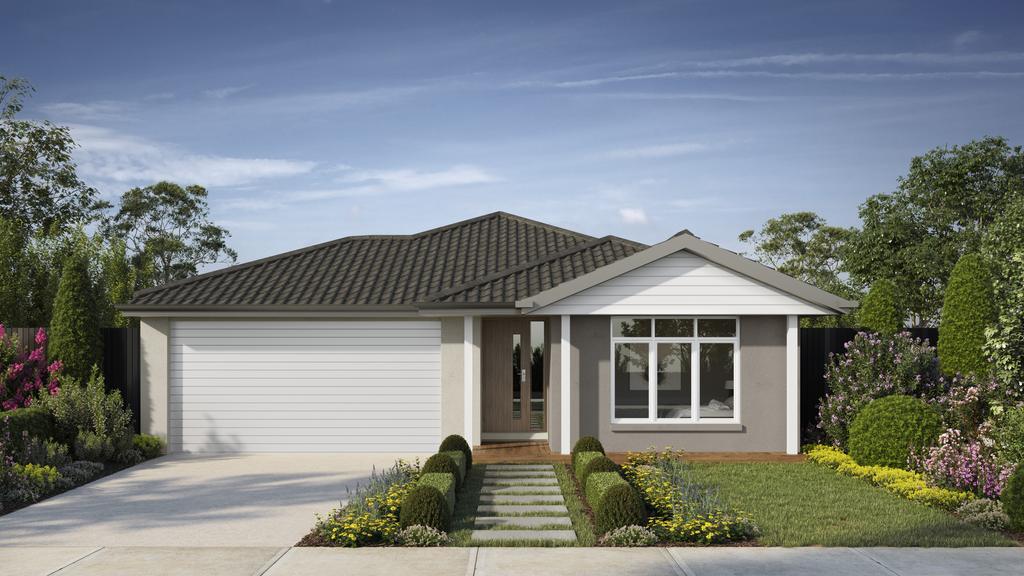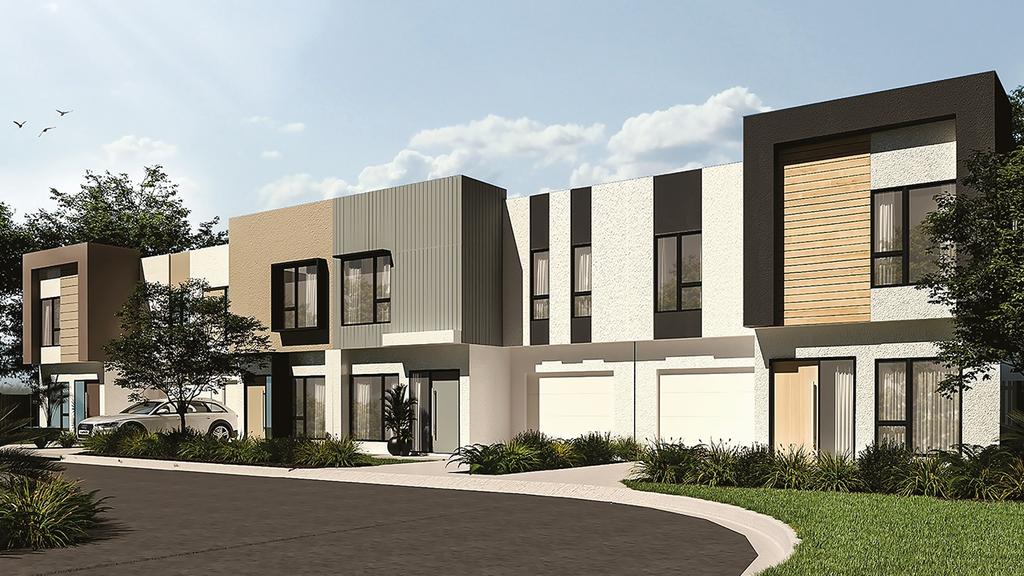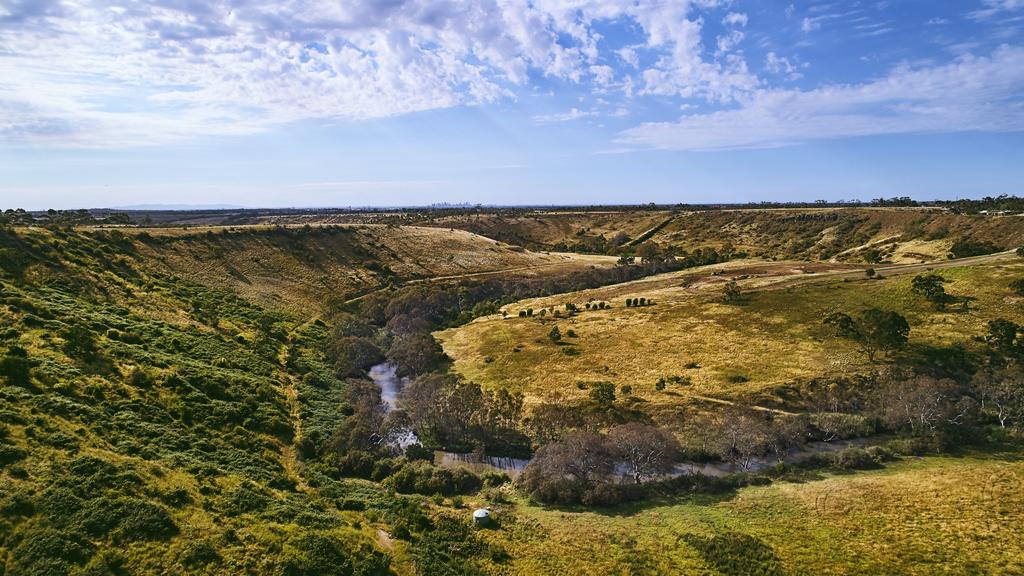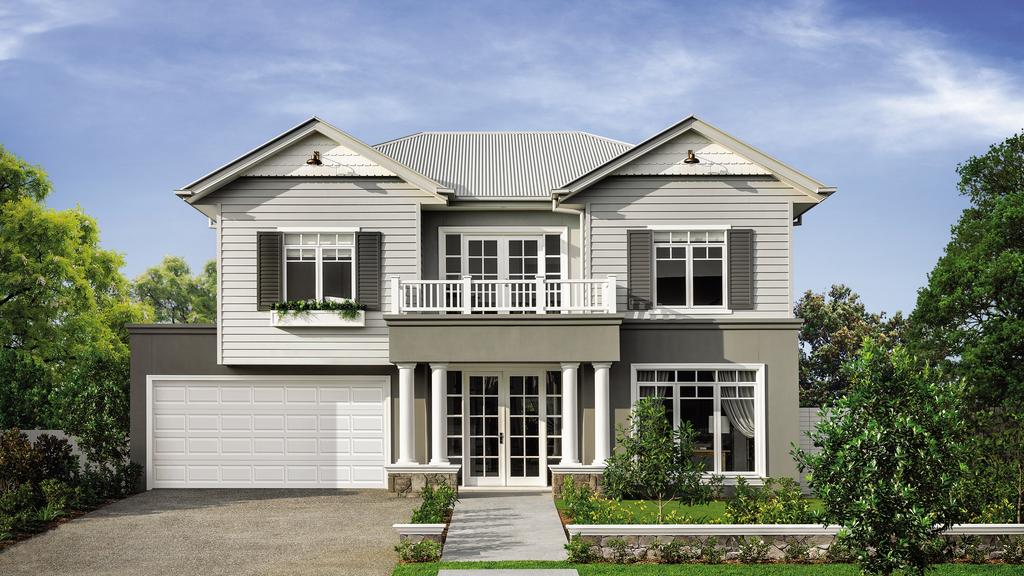
A home in Porter Davis’ PDX range, designed for affordability.
Victorian housing affordability has surged to its best level since the turn of the century off the back of COVID-19.
A Housing Industry Association Affordability report released today shows the virus’ impact on home prices has combined with the city’s 2018-2019 market correction to reduce the number of typical incomes needed to buy a home from 1.51 in June 2018 to 1.29.
It comes as separate research from RPM Real Estate revealed single buyers have staged a massive comeback in the new homes market across 2020, accounting for about 35 per cent of sales this year compared to a 17 per cent average over the past decade.
RELATED: Regional Victoria building boom as Melburnians look outside capital
Dairy farm on Melbourne’s southeastern fringe will house 1600 homes
Oakleigh apartments $10k each in the ‘60s, today it’s $10k a metre
HIA chief economist Tim Reardon said a typical single income, which was now $89,000 in Victoria, hadn’t been enough to buy a home in the state since June 1998, but the state’s housing affordability index had improved 6.9 per cent in the June quarter of this year — in part due to price declines and in part because of improving wages.
Mr Reardon forecast better rental affordability in Melbourne, as a result of fewer homes being leased to tourists, coupled with limited house price growth of around 2 or 3 per cent across the next decade would give homeowner hopefuls some time to get into the market.

Houses at the Steadfield, Melton South development by Sphere Group are for sale at as little as $370,000.
However, the RPM Real Estate report shows those hoping to buy a new house are already raising their budgets as a surge in demand caused by the federal government’s $25,000 HomeBuilder grants chews through Melbourne’s most affordable blocks of land.
“Now all the affordable stuff is selling, the larger ones are being taken up as people are looking at it and weighing up their position and saying ‘I could take that bigger block, because that’s all that is there’,” Mr Kelly said.

Land at Villawood’s Redstone estate has been popular since sales commenced earlier this year.
The firm’s June Residential Market Review showed land sales under 350sq m declined from 41 per cent of the market in the first five months of 2020 to 35 per cent, and those sized from 350-450sq m were now accounting for 41 per cent of sales.
Homebuyer survey data compiled by the firm also revealed single buyer numbers in 2020 were double their historic average and about 10 per cent higher than they were in June 2019.
Mr Kelly said this reflected smaller blocks, as well as more townhouses, becoming more prevalent in new estates.
However, RPM’s preliminary August figures show a 60 per cent drop in inquiry for land sales as a result of Melbourne’s stage four lockdown.
Mr Kelly joined a growing chorus of building industry groups calling for an extension to the HomeBuilder scheme to ensure builders were able to spread more work into 2021, and potentially allowing another 1000 Victorians to access the funds. This would also avoid a crunch currently anticipated as a result of the grants bringing forward buyer activity.

Even larger homes, such as Porter Davis’ Sheraton Grange, are proving popular during the pandemic.
Porter Davis general manager sales and marketing Shaun Patterson said, while those who’d already bought land were pushing on, activity in August had been affected and agreed an extension would have a significant impact to industry jobs.
“It’s certainly slower in terms of demand since we have gone into the second lockdown,” Mr Patterson said.
He warned buyers planning to pursue the federal grants were running out of time as it could take up to 12 weeks to get a building contract finalised, even if they already had land ready to go. Those still wanting to take advantage of the HomeBuilder grant need to start speaking with a builder now.
MORE: How to understand home energy efficiency star ratings in Victoria
COVID-19 housemates plan to buy a way out of share houses
Cudgewa church conversion: Faith in church resurrection pays off
The post Victorian housing affordability best since 2000, single homebuyers up appeared first on realestate.com.au.

